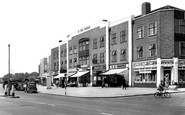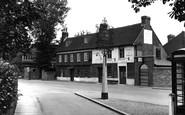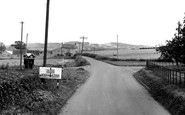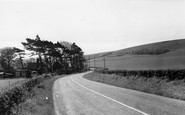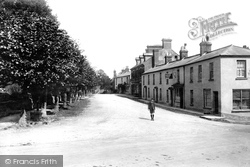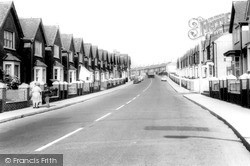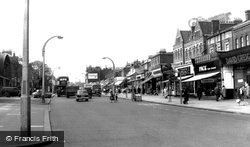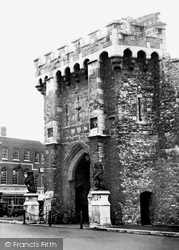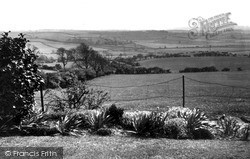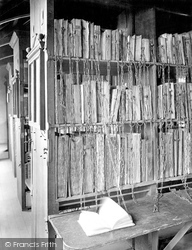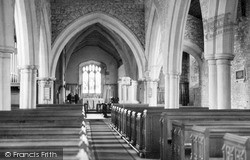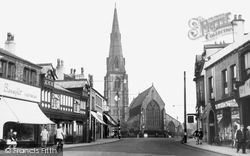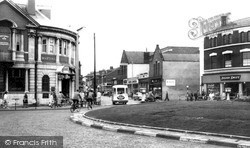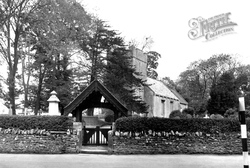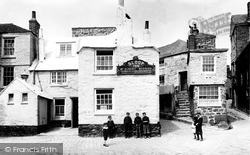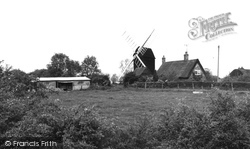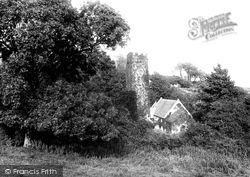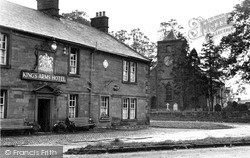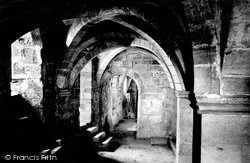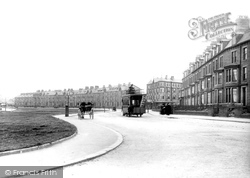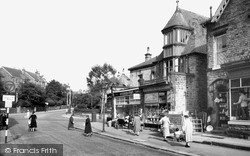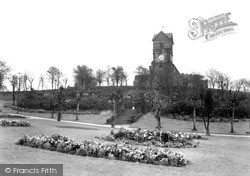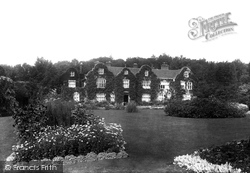Places
3 places found.
Those places high-lighted have photos. All locations may have maps, books and memories.
Photos
68 photos found. Showing results 1,881 to 68.
Maps
12 maps found.
Books
15 books found. Showing results 2,257 to 15.
Memories
7,564 memories found. Showing results 941 to 950.
Cotgrave Memories
Our grandad George Boultby was a miner at Cotgrave. Because we didn't have a car, we had to go on the old type Barton buses. We would walk from the bus stop to our grandparents' house. They used to live in two different ...Read more
A memory of Cotgrave in 1970 by
Growing Up Years
I was born in Old Argent Street 1945 (VJ Day), only one in Grays as my old mum used to tell everyone, she was so proud of that, living in a 2 up, 2 down, mum, dad, 3 brothers, 2 sisters, overcrowded, nah, we got by. We spent summers ...Read more
A memory of Grays by
Kingsbury Swimming Pool
I remember queuing outside the pool for what felt like hours on a hot summer's day. The price to get in went as low as 1d - or am I mistaken? We used to climb up a drainpipe at the back of the pool to get in, not to save ...Read more
A memory of Kingsbury in 1953 by
The Bell
My name is Ann Jones. I live in the USA I was formerly Ann Groom, my dad Sydney Groom and mother Mildred kept The Snoring Bell. I remember the Whiteheads down the street on the farm, and going to Little Snoring School - my teachers ...Read more
A memory of Little Snoring in 1960 by
Hackbridge
I lived in Orchard Avenue, number 4, when the whole road was mock Tudor exteriors. I had quite a shock to revisit a few years ago to see them all plastered over and looking very tired. In the l950s and early 1960s when I lived here ...Read more
A memory of Hackbridge in 1956 by
Growing Up In The 1950s
Dad was the village policeman, PC 39. Our family name was Moss. We lived outside the village near the T junction to Little Waldingfield (two farm houses, we lived in one of them). Dad, mum and my 4 sisiters. We ...Read more
A memory of Great Waldingfield in 1951
Silver Watch
I have taken possesion of a very tired silver watch. On the back is engraved 'Presented to Rev J Pearce by the Welsh Row Choir. July 1927'. Does anyone have an interest in the watch?
A memory of Nantwich in 1920
Smokey Joe, The Tramp Of Misterton, Somerset
Smokey Joe, the tramp of Misterton, Somerset, lived in an old stone building just past the chapel cemetery. He would make a fire and sleep on the hot ashes, it's a wonder he never caught ...Read more
A memory of Misterton in 1955 by
High Street Longton In The 40s And 50s
Barbara Johnson's memories brought back some of my own from the High Street days. Those rows of shops Barbara describes provided all the locals with everything they needed. I remember going over the road from ...Read more
A memory of Longton in 1940 by
2 Years In The Village
Sometime around 1956, for about two years, two of us shared a cottage in Iford village (one of the first two as you came off the main road from Lewes). We worked for Mr Robinson milking his Guernsey herd and doing ...Read more
A memory of Iford in 1956 by
Captions
2,501 captions found. Showing results 2,257 to 2,280.
The lad may be returning from the castle, which could be approached on this road at that time. The four houses on the right, built in 1817, are now private residences.
The main body of the church dates back to the 13th and 14th centuries, and was here in 1180.
This kind of view is often found in this region - 19th-century terraces sprang up to house workers in the coal and iron industries - but Kenfig has a long history dating back to the Bronze and Iron
Further north-east along the High Street, Frith's photographer now looks back in the Clapham Common direction past Cato Road (left).
Bargate was originally built to guard the main road into Southampton.
A royd is a northern name for an assart, a practice going back to medieval times when the population of a hamlet cleared land, usually sufficient to make one or two fields, for crops.They would sow
A royd is a northern name for an assart, a practice going back to medieval times when the population of a hamlet cleared land, usually sufficient to make one or two fields, for crops.
The squire here, Sigismund de Trafford of Croston Hall, said that he 'preferred trees to chimneys', and was opposed to selling land for industrial development.
This chained library is the finest in the world, containing books and manuscripts that date back a thousand years and more. Chaining the books was an important security measure.
The interior of St Andrew's is just as pleasing as the outside, with its four-bay nave arcades, quatrefoil piers and double-chamfered arches. These give a feeling of openness and comfort.
The Queen Anne Inn, to the right of Benefit Footwear (left), is much older, probably dating back to the reign of Queen Anne, as it appears on Heywood Hall Map of 1718.
Our photographer has his back to the ABC Carlton Cinema, which stood at this junction.
The church dates back to the Norman Conquest, but very little of the original church remains; the initial period of restoration in the 1820s dramatically altered its structure.
From the Bridge 1899 A town when the Domesday Book was compiled, and a settled place as far back as the 7th century, Fordwich was a flourishing port on the River Stour for Canterbury when the river was
This popular inn on the harbour at St Ives is said to date back to 1312. In the 20th century it became a favourite haunt of the St Ives artists' colony. There is now a small porch by the doorway.
This post mill is thought to date from the 17th century, and is perhaps the oldest working post mill in the country.
The church is dedicated to St Lawrence. The nave and chancel date back to the 12th century; the tower is 13th century.
Set back from the A66, the King's Arms with its stables and courtyard to the rear was once a coaching- house serving travellers on the Penrith to Darlington turnpike, a route linking the
Ripon Cathedral stands on the site of the Saxon abbey church of St Wilfrid, of which this crypt still remains. It dates from about 672, and is one of the oldest Christian survivals in England.
The southern part of Morecambe (referred to as the west end), towards Heysham, soon developed as the more genteel side of the resort, with smart hotels; it was thought to be a little superior.
Prices by the mid fifties had doubled on what they had been around 1946: a pound of sirloin cost 4s 2d, 3lb of flour 1s 3d, a dozen eggs would set you back 3s 10d and a pound of butter 2s 6d.
Prices by the mid fifties had doubled on what they had been around 1946: a pound of sirloin cost 4s 2d, 3lb of flour 1s 3d, a dozen eggs would set you back 3s 10d and a pound of butter 2s 6d.
St Leonard`s dates back to at least 1183 and it was largely rebuilt in 1414 and 1524. Its wooden steeple was added in 1709 and it is a rare and distinctive feature.
The manor house dates back to the 13th century, and formed part of a large estate. Its most famous resident was the poet Alfred Austin, who was Poet Laureate from 1896 to 1913.
Places (3)
Photos (68)
Memories (7564)
Books (15)
Maps (12)

